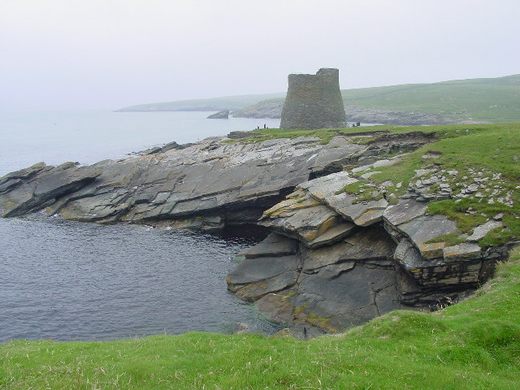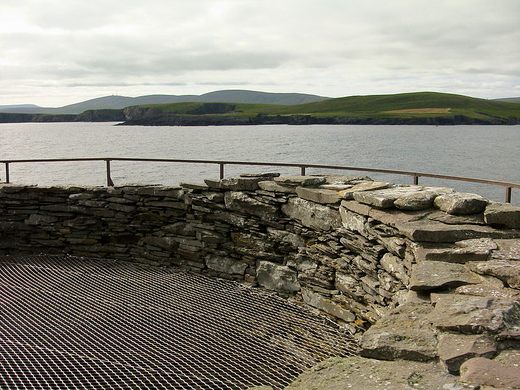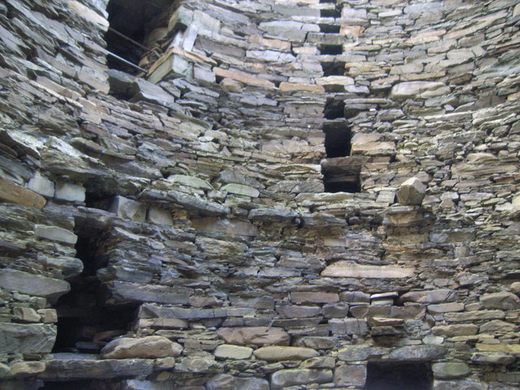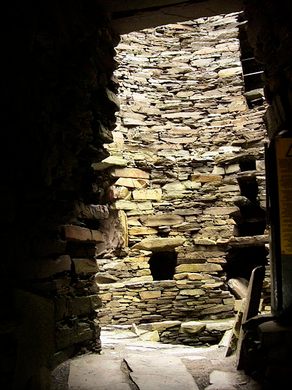Broch of Mousa
A remarkably well preserved tower dating all the way back to the Iron Age.
A mysterious round stone tower on the island of Mousa in northern Scotland is one of the best-preserved prehistoric structures in Europe. Dating back to the Iron Age, it is some 2,000 years old, and is the tallest of all the remaining brochs in the country.
Believed to have been built between 300 and 100 BC, the broch of Mousa’s exact purpose is not known, though it is thought to have had two primary epochs of use. During the first, there was probably a wooden structure within the stone walls, which was later replaced by a wheelhouse. It may have been used as a lookout tower—indeed, the winding stairs can still be used to reach the top of the tower and take in the broch’s commanding view of land and sea.
The tower’s dimensions, 40 feet tall and 50 feet wide, are small for a broch, which is one explanation for how well it has survived. The walls at the base are 16 feet thick and solid, but as they get higher they get thinner and there is a space between two layers of wall that narrows toward the top. Another explanation for its preservation has to do with the otherwise sparsely populated island of Mousa. Had there been more settlements over the centuries, stone from the broch might have been used to build them.
The Mousa broch features prominently in two Norse Sagas, one about a man who finds it hard to retrieve his captive mother from the fortress, and one about a young couple, shipwrecked while eloping, who seek shelter in it. Later in its existence, the broch was used by smugglers. Today, it is part of a bird sanctuary, particularly storm petrels. Otter bones found in the tower in 1861 suggest it was home to otters for a while, too.
Community Contributors
Added by
Edited by
Plan Your Trip
The Atlas Obscura Podcast is Back!


























Follow us on Twitter to get the latest on the world's hidden wonders.
Like us on Facebook to get the latest on the world's hidden wonders.
Follow us on Twitter Like us on Facebook